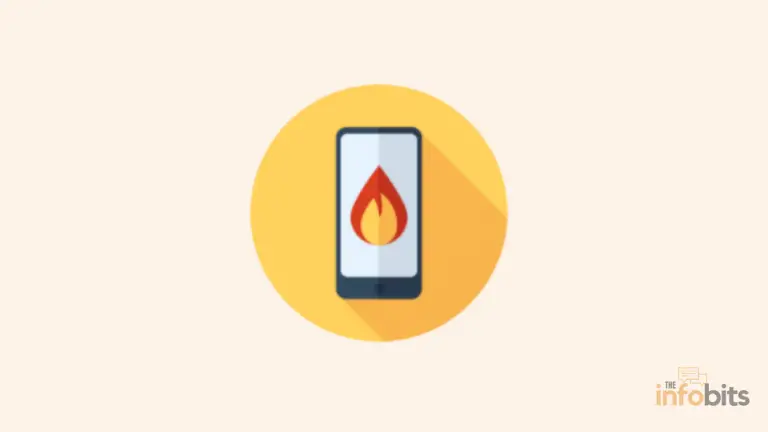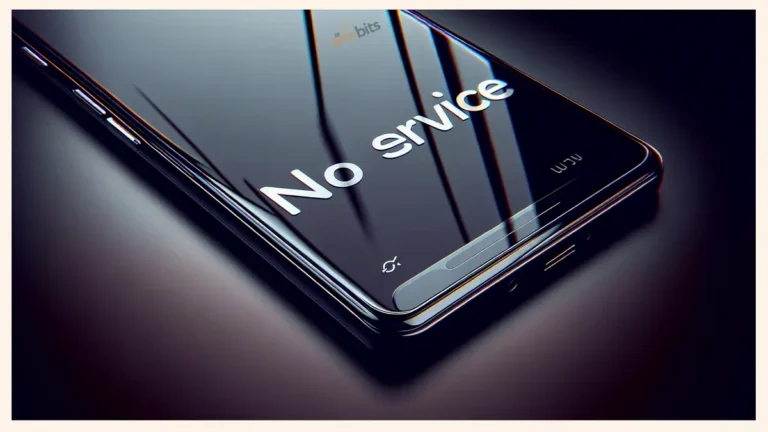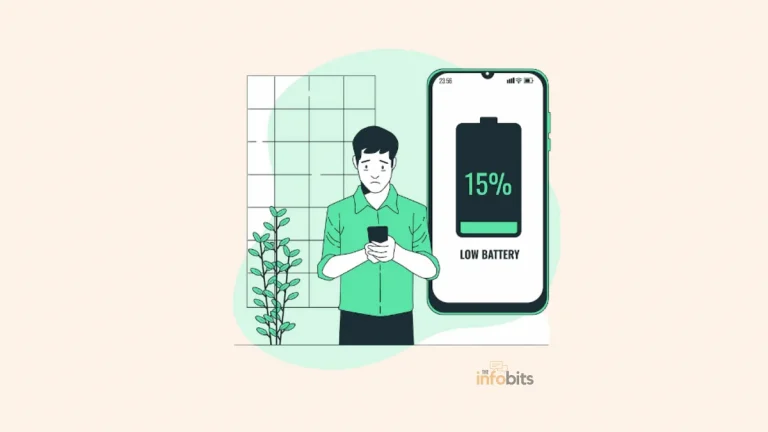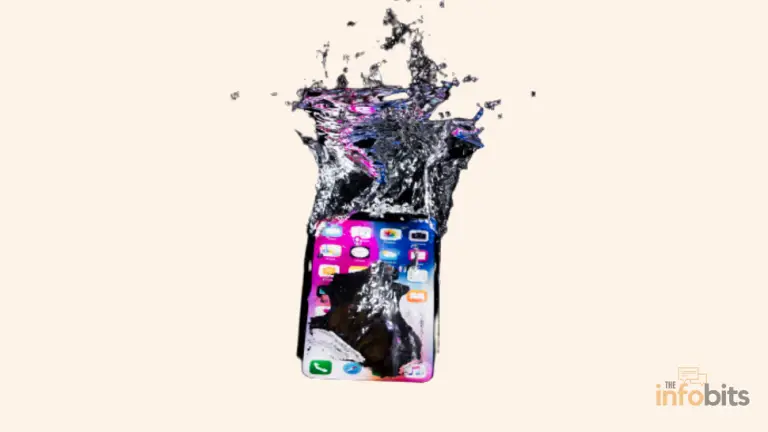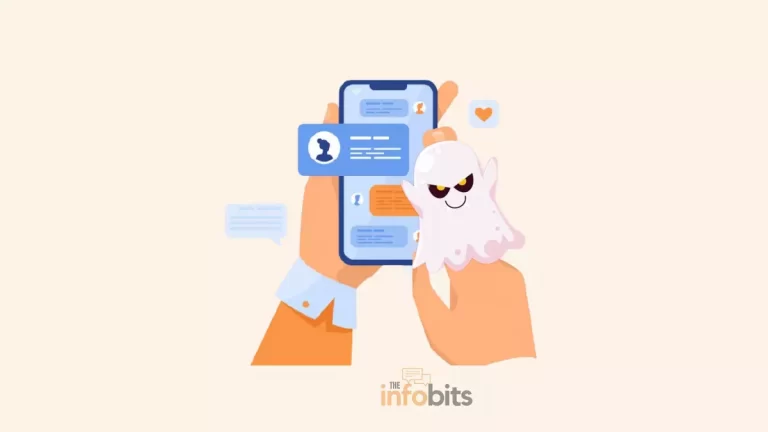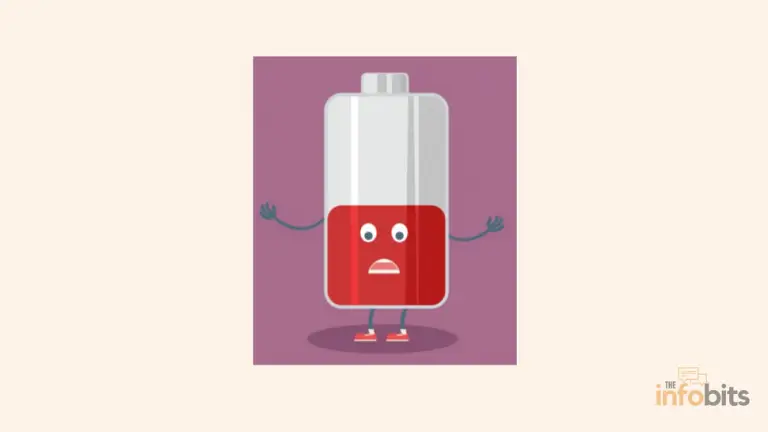How to Charge Your Phone Without a Wall Charger?
Even if you don’t have access to an AC adapter or a wall outlet, there are a few options for charging your phone.
If you don’t have a phone charger, this article will show you how to charge your phone using different methods.
These options necessitate using a charging cable or a wireless charging pad compatible with your iPhone or Android smartphone.
Keep a portable battery bank and a USB cable in your travel backpack to charge your phone without a charger, even if there isn’t a wall outlet nearby.
Other charging options include a car charger, a hand-crank charger, a portable solar charger, and a wireless adaptor.
Let’s look at the various methods for charging a phone without a wall charger.
1. Using a Power Bank (Battery Pack)
If you’ll be away from your usual charging options for an extended period, such as if you’re going on vacation and won’t be able to plug in the charger, you should bring a battery bank with you.
You must charge your power bank ahead of time to use this method. All modern battery power banks will have enough juice to charge your smartphone. However, not all of them may support fast charging.
You can charge your phone using this power bank when you won’t have access to your regular phone charger, but keep it with you at all times.
Each power bank will have a unique appearance, but you should be able to turn it on by inserting the charging cable. Connect your phone to the power bank using a USB cable.
There are a variety of battery packs available for charging smartphones (and other mobile devices), ranging from small, low-capacity models to large, high-capacity models.
On Amazon, you may get a variety of high-quality power banks, such as the Anker PowerCore 26800 Portable Charger.
Related: 9 Bad cell phone battery symptoms to be addressed immediately
2. Charge Your Phone Via a Laptop USB Port
This procedure necessitates the use of a charging cord that is compatible with your phone. You can charge your phone by plugging it into your laptop or other available USB ports.
Keep a charging cable in your bag or briefcase so you can charge your phone from any nearby laptop or PC.
Airports have the majority of USB ports, and some coffee shops can charge a typical smartphone. In some hotels, USB ports are integrated into wall sockets, lamps, and bedside tables.
They are frequently of the USB-A variation, which is the rectangular end of the cable used to charge your phone. The charging cable’s USB end should be plugged into a USB port. Connect the cable’s other end to your smartphone.
3. Use an Environmentally Friendly Solar-Powered Charger
A solar-powered charger is another great option for outdoor trips because it only needs sunlight to work.
Solar chargers with small solar panels are not widely used because they are inefficient for charging mobile phones. It may take an entire day in the sun to charge your smartphone for a few hours.
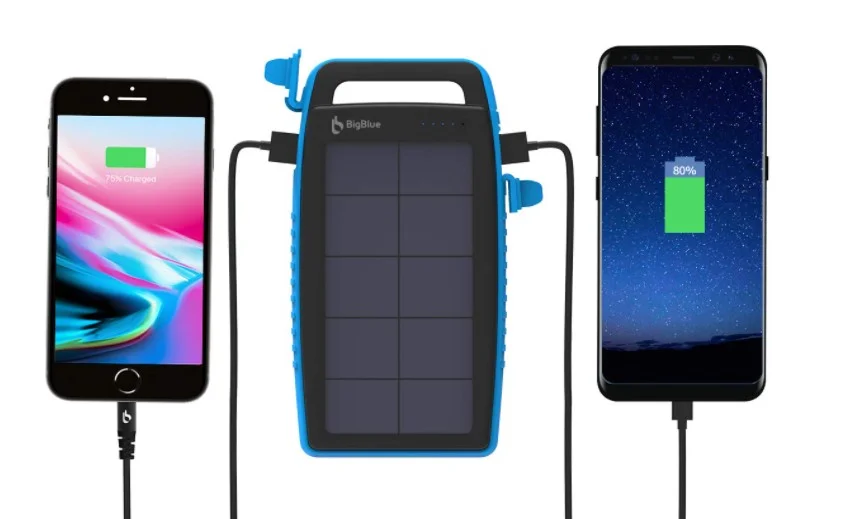
If you happen to be in a sunny location (for example, on vacation), a solar charger may be a simple and dependable solution to keep your phone charged.
The sunlight charges the device’s battery, which is then used to charge the phone or the solar charger charges the phone directly.
Start charging the charger by placing it in direct sunlight, or by strapping it to your backpack while hiking. Connect the charging cable to both your phone and the charger.
Related: Simple Ways to Charge Your Laptop Without the Original Charger
4. Use a Portable Solar Power Bank
The finest portable solar power bank, like a solar charger, can both collect and store energy from the sunlight.
A portable solar power bank will provide you with enough energy to make a few emergency calls, but it will not be as effective or as fast as a standalone solar charger.
A high-powered, fast-charging unit, such as the BLAVOR Power Bank, will match your device with the most powerful charging power available and can charge several devices at the same time.
This one doesn’t even require a charger because it features wireless charging technology. Any Qi-enabled smartphone, such as an iPhone 8 or a Samsung Galaxy S9, may be charged wirelessly.
5. Using a Car Charger
Most modern cars have USB ports that can be used to charge mobile devices.
If there is no USB port, a lighter port adaptor can be purchased. A car charger may be bought at a cheaper price, and the Anker Mini Aluminum Alloy 24W Dual USB Car Charger is a nice option that is available on Amazon.
Start your car or put it in auxiliary mode. Connect one end of the charging cable to your car’s USB port or adapter and the other to your phone.
6. Using Emergency Hand-Crank Phone Chargers
You might not be able to access power outlets, your portable battery bank might be dead, and you might not be able to get to your car. In these situations, consider bringing the ultimate backup: a hand-crank portable charger.
Because it does not require electricity, a hand-crank charger is great for outdoor activities or emergencies. Insert the charging wire into both the charger and your phone, then rotate until you get a usable charge.
It’s time-consuming work, but there’s no other way to ensure you’ll have a few minutes of battery life when your phone dies.
It may take some time to receive a charge that you can use. Some hand-crank devices include built-in batteries that can be charged before being used to charge your phone.
If you’re looking for a hand-crank phone charger, the Eton American Red Cross Crank-Powered Clipray Clip-On Flashlight & Smartphone Charger is an excellent choice.
7. Using a Wireless Charger
If your smartphone supports wireless charging, you don’t need to do anything other than place it on the charging pad.
You can charge your phone without having to look for a power outlet or mess with cables to do so.
However, keep in mind that the charging speed may differ from that of a traditional charger. Additionally, for best charging, you must position your smartphone on the charging pad exactly.
Still, it is a better method to charge your phone without a charger in emergency conditions.
The rumor that you can charge your phone with fruit is technically correct, but it requires a large amount of fruit as well as additional equipment. As a result, it is impractical and not advised.
8. Invest in a Backpack with a Built-In Battery
Why bring a separate battery when you can have one built into your bag?
Backpacks with built-in batteries are a convenient way to always have a battery on hand, especially if you need all of the storage space that such a bag offers.
Take a look at the Matein Travel Laptop Backpack available on Amazon. With a built-in USB charger on the exterior and a charging cord on the inside, this USB backpack makes it easier to charge your phone while walking.
9. Using a Camp Stove
A thermoelectric generator is used in certain innovative camping stoves to convert heat energy into electricity.
If you can find such a stove, it will undoubtedly assist you in charging your phone without a charger. The BioLite CampStove 2 is a similar camping stove that can produce and store 3 watts of energy.
As a result, it may function as a power bank long after your fire has been extinguished. The BioLite CampStove also features a Smart LED Dashboard that allows you to monitor the strength, power output, and fan speed settings of your fire.
This thermoelectric technology is remarkably efficient, and it has the potential to charge your phone as rapidly as putting it into a wall outlet.
Related: Why Cell Phone Blows Up and How Can Prevent It?
Conclusion
If you regularly charge your phone with a standard wall plug-in charger, you may be unsure of all the different options available to you.
As our dependence on our mobile devices grows, it is critical to develop sustainable and dependable ways to keep them charged, even when we do not have access to a regular charger.
We may lessen our dependency on standard chargers and adopt more eco-friendly behaviors by investigating alternative charging methods such as solar power, hand crank generators, portable power banks, and wireless technologies.
So, the next time you need to charge your phone without a charger, consider the inventive options available to keep your gadgets charged while limiting your environmental effects.
We hope this post has given you some ideas for making charging easier, more convenient, and achievable when no conventional power supply is obtainable.
Frequently Asked Questions
How long does it take to charge a phone using a fruit or vegetable charger?
Although charging a phone with a fruit or vegetable charger is theoretically acceptable, it can only be used for low-power applications, which is far from practical. While the concept is impressive, the charging speed is quite sluggish, and it may take several hours or even days to fully charge your phone. Fruit and vegetable chargers are more suited for educational purposes or as a fun presentation than for practical charging.
Are wireless chargers compatible with all smartphones?
Wireless charging is supported by the majority of current smartphones, including popular models from Apple, Samsung, and other leading manufacturers. It is, however, suggested that you check the compatibility of your specific smartphone model before purchasing a wireless charger.
Are hand crank generators suitable for long-term phone charging?
Hand crank generators can be useful for short-term use or as a backup charging source. However, because they need physical effort to generate electricity, they are not normally built for long-term phone charging. Creating enough electricity to completely charge a phone may be laborious and time-consuming. As a result, hand crank generators are best suited for occasional use rather than regular charging.
Is it possible to charge a phone without a charger?
There are various methods for charging your phone without a phone charger, including utilizing a power bank, attempting wireless charging, or locating a USB port. All of these ways require a charging cable or wireless phone charging pad that works with your mobile device.
We hope you found this post informative, and do like and follow us on Facebook and Twitter for regular updates.
We also ask that you bookmark this page for future reference. Sign up for our free newsletter as well to receive fresh information immediately in your inbox and keep technically up to date.


